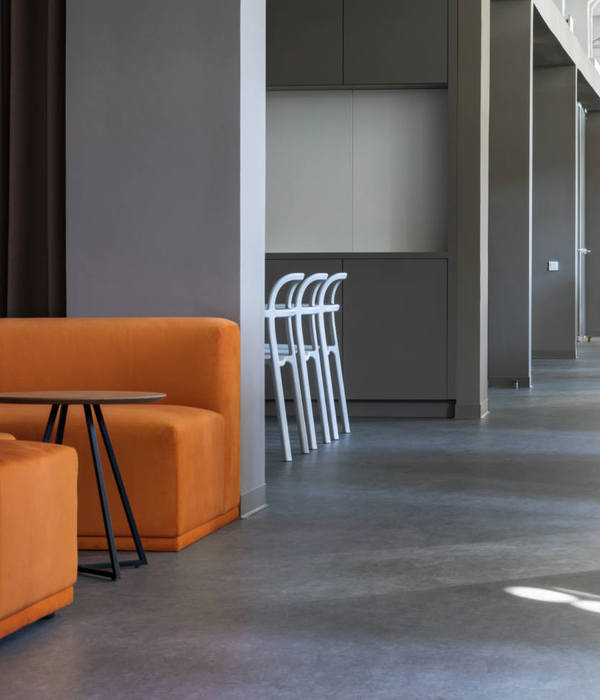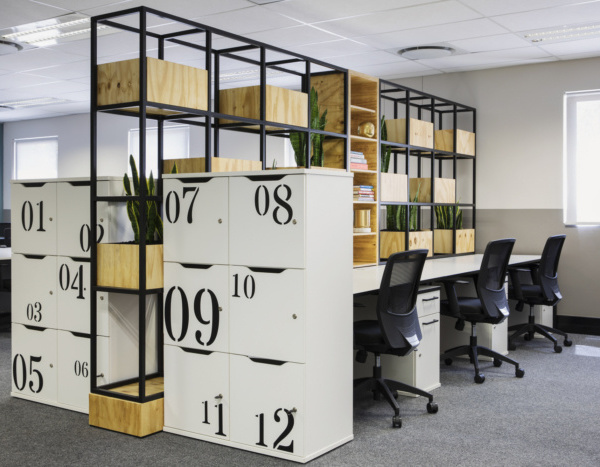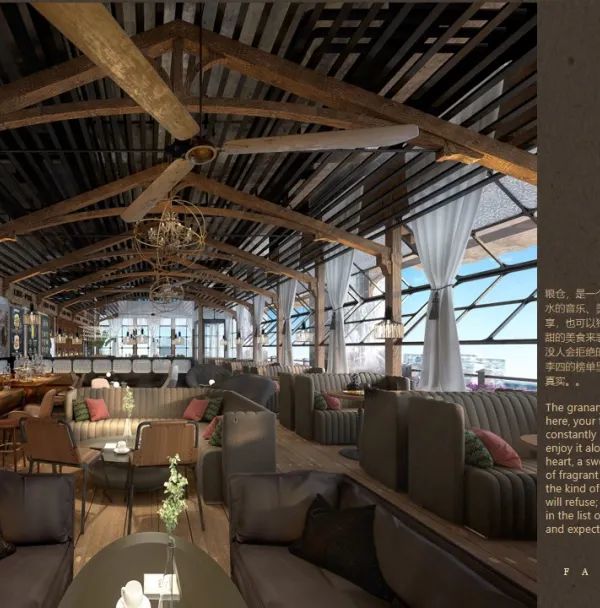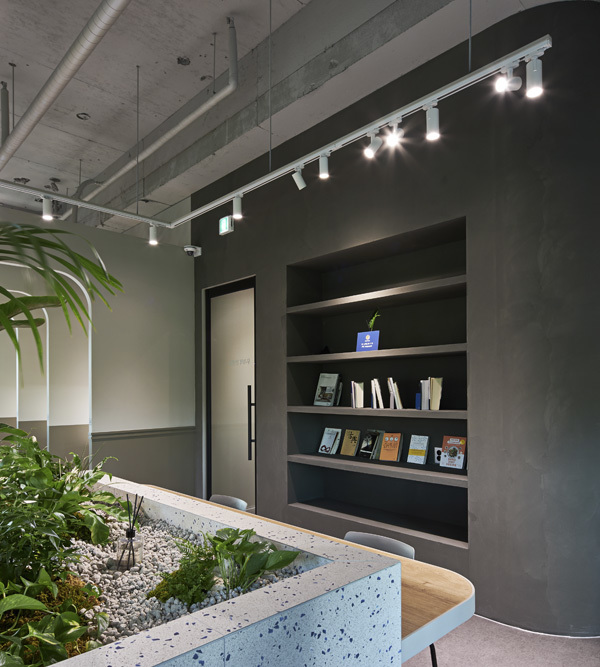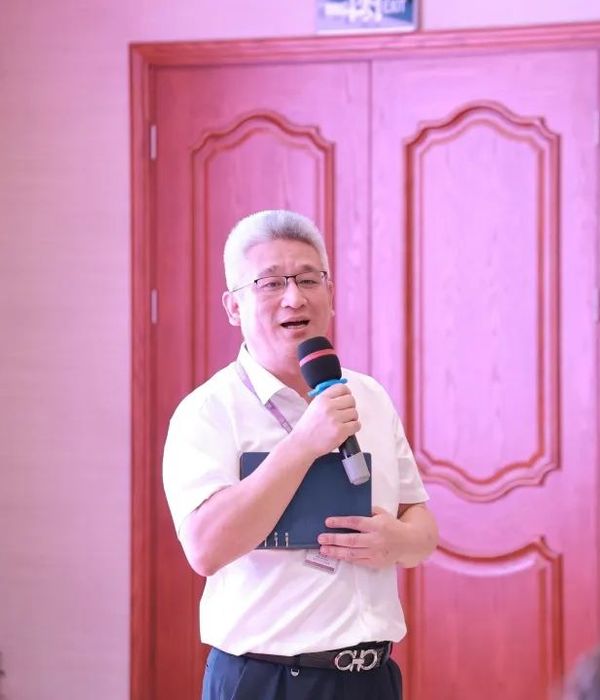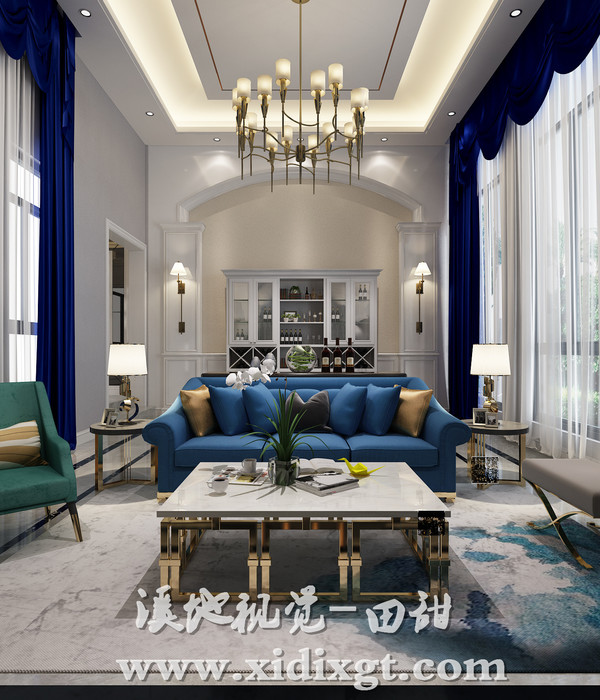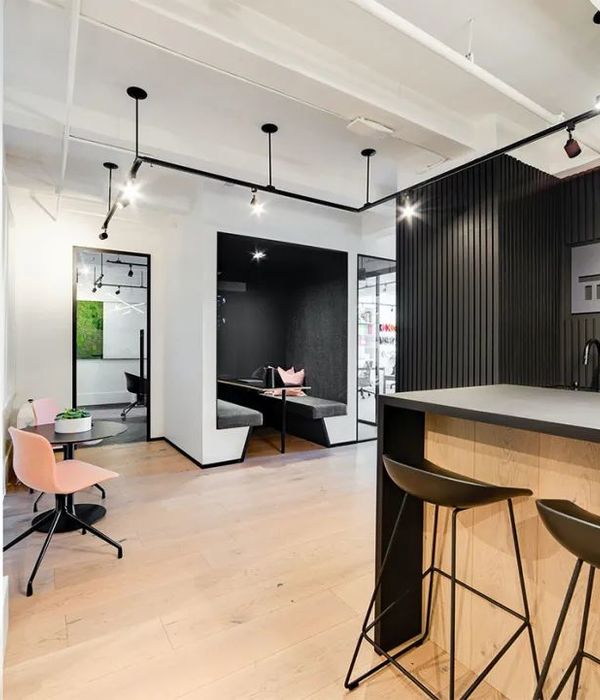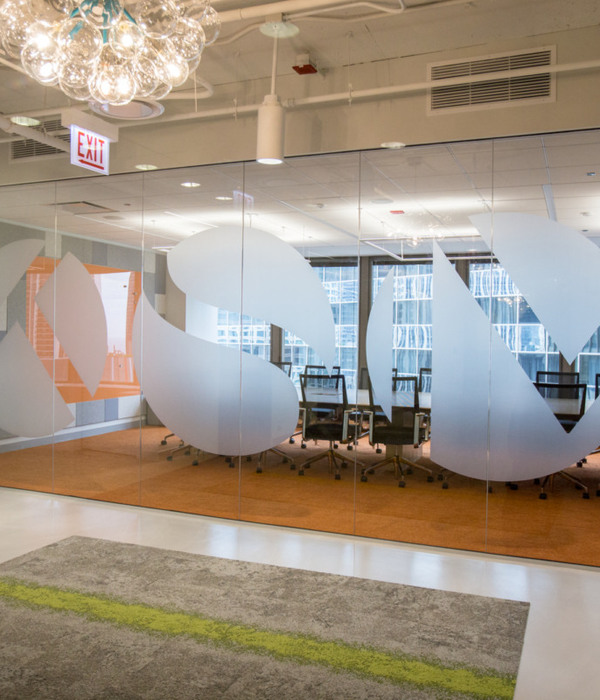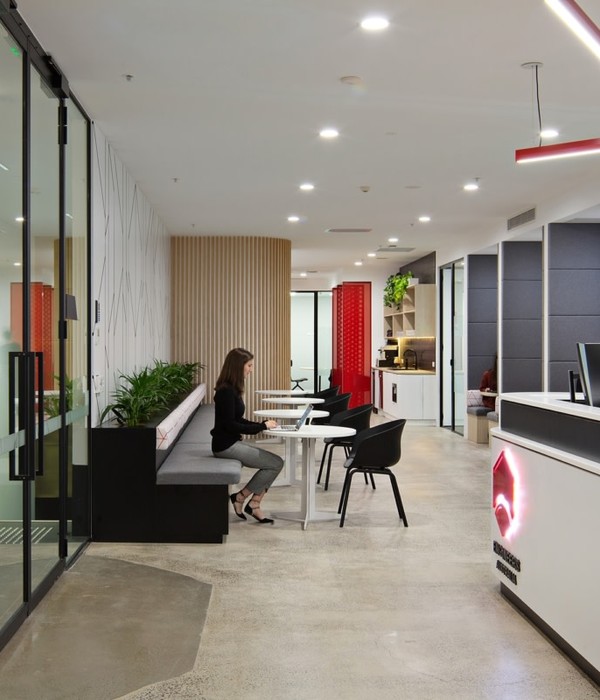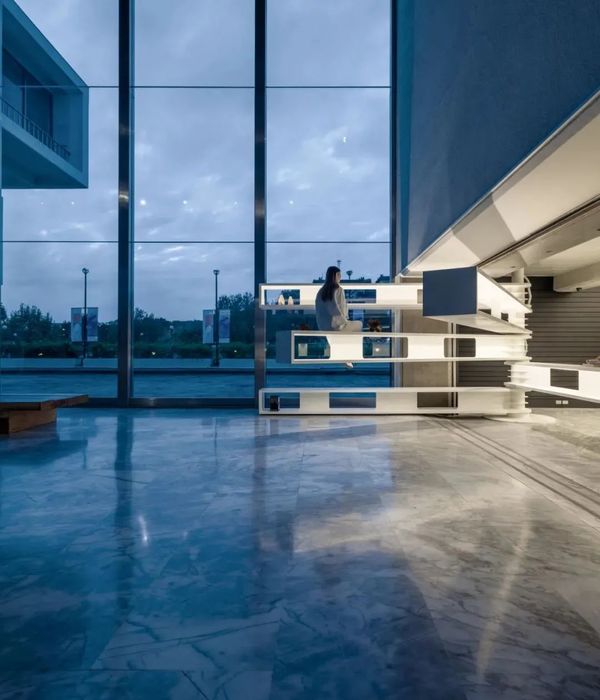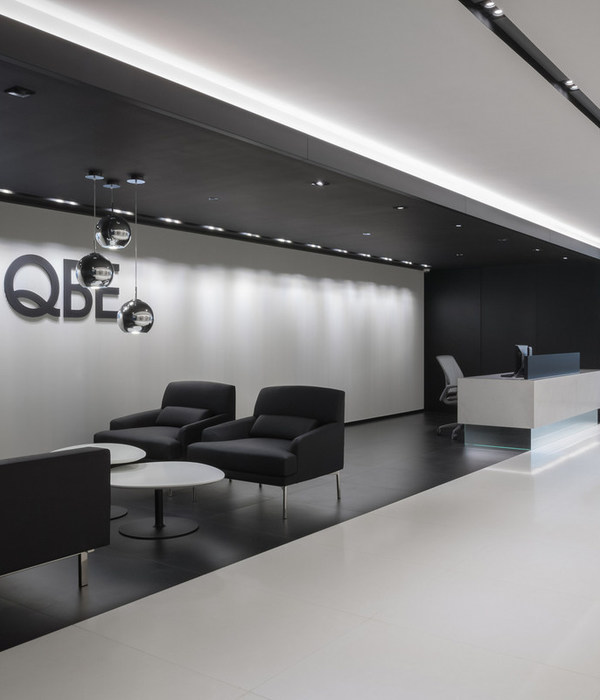© Tomás Cytrynowicz
c.Tomás Cytryicz
架构师提供的文本描述。一间小办公室,白色的墙壁和低的白色天花板。这是我们必须放下的地方,找出那幅画的背后是什么。在整个过程中,我们在里面,这是一个拆卸的过程,我们在那里策划我们想要看到的,决定什么应该去,什么应该留下。通过这个过程,我们发现了油漆下面的混凝土,各种各样的砖块,天花板上的混凝土板。当我们终于能够一起看到所有这些时,我们开始根据我们所做的简报来选择如何向他们展示。
Text description provided by the architects. A small office, white walls and low white ceiling. This was the place we had to put down to find what was behind all that painting. During the entire process we were inside, It was a demolition process where we were curating what we wanted to see, deciding what should go and what should stay. Through the process we found the concrete under that painting, all kinds of bricks, the concrete slab on the ceiling. When we could finally see all that together, we started to choose how to show them according to the briefing we had.
Floor Plan
我们决定展示所有的结构和材料的原始建筑(混凝土,砖块和板)与钢结合。所有的新东西,我们都是用钢做的。由于钢筋很小,我们决定用挂在混凝土梁上的铁制夹层来存放。
We decided to show all the structure and its materials of the original building (concrete, bricks and slab) combining with steel. Everything new, we made out of steel. Since the bar is very small, we decided to make storage on an iron mezzanine hanging from the concrete beam.
© Tomás Cytrynowicz
c.Tomás Cytryicz
这样的话,我们就可以把主楼层从我们需要一个夹层的任何结构中清除出来。浴室的门我们也是用钢做的。有一堵墙是用空心砖砌成的,它看上去不如旧砖块好,因为它完全被拆掉了,上面有很多洞。但这是一个重要的墙挂框架,记录和扬声器,所以我们加强它的金属屏幕,作为一个独立的结构,以悬挂他们所需要的。
That way we clear the main floor from any structure that we would need to have a mezzanine. The bathroom door we also made of steel. One wall was made of hollow bricks, that didn’t look as good as the older bricks because it was totally broke from the demolition, lots of holes on it. But it was a important wall to hang frames, records and the speakers so we reinforce it with a metallic screen that works as an independent structure to hang all they need.
© Tomás Cytrynowicz
c.Tomás Cytryicz
Architects Sub Estúdio
Location São Paulo - State of São Paulo, Brazil
Category Adaptive Reuse
Design Team Isabel Nassif, Renata Pedrosa
Photographs Tomás Cytrynowicz
{{item.text_origin}}

